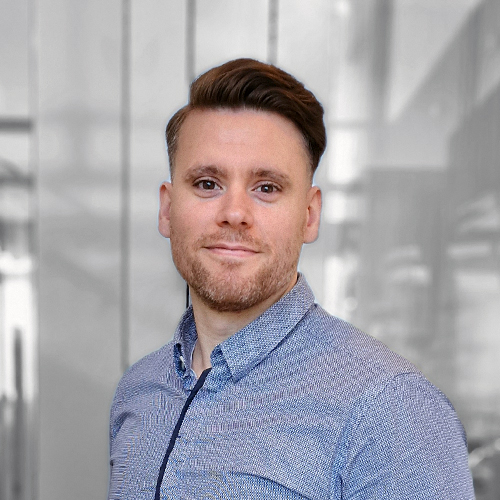
Flue gas condensation
Flue gas condensation is used to recover and reuse heat produced in various industrial processes in the chemical industry, at combined heat and power plants, etc.

How does flue gas condensation work?
In the condenser column, cold liquid is sprayed into the hot gas. The water vapour in the gas condenses when it reaches its dew point and releases latent energy during the phase transfer to from gas to liquid. This leads to an increase in the temperature of the liquid. A heat transfer from gas to liquid has occured. The energy in the heated liquid is then transferred to a heat exchanger or used in another part of the process.
Example - Combined heat and power plant
The combustion process in a combined heat and power plant generates electricity and at the same time heat, which is transferred in the process gas. To utilise the energy in the hot process gas, the gas is cooled in a heat exchanger or in a condensing scrubber.
The heated water is then fed into a district heating network. The higher the moisture content of the fuel (e.g. biomass or household waste), the more heat can be recovered from the process.
Some combined heat and power plants also use surplus heat from neighbouring industries, which is transferred into the local district heating network.
Which process parameters are important in flue gas condensation design?
To optimise the flue gas condensation process, the following process parameters are important to consider. Our experienced staff and engineers are happy to help you with calculations and designing the right solution.

- Desired effect, and the system as a whole
- Temperature - inlet and outlet gas and liquid flow
- Gas flow
- Gas properties
- Relative humidity (RH)
- Dimensional constraints
- Pressure and pressure drop
Project review and proposed solution
To deliver the optimal solution, it is important to go through in detail various factors that affect product choice, type of solution, investment objective, and other requirements at an early stage of the project.
A start-up meeting is important to find out about various factors that will affect choice of equipment and solution in order to achieve the most efficient and sustainable solution. We are happy to set up the start-up meeting as a web meeting or a site visit, depending on your preference. All details and information from the start-up meeting we will summarise and go through with you to make sure we agree on project scope and objective.
Next step, we present a proposed solution, focusing on function, lifespan, quality, choice of material, operating and maintenance costs, and environmental impact. Our goal is to deliver a sustainable solution that creates added value to your company,








